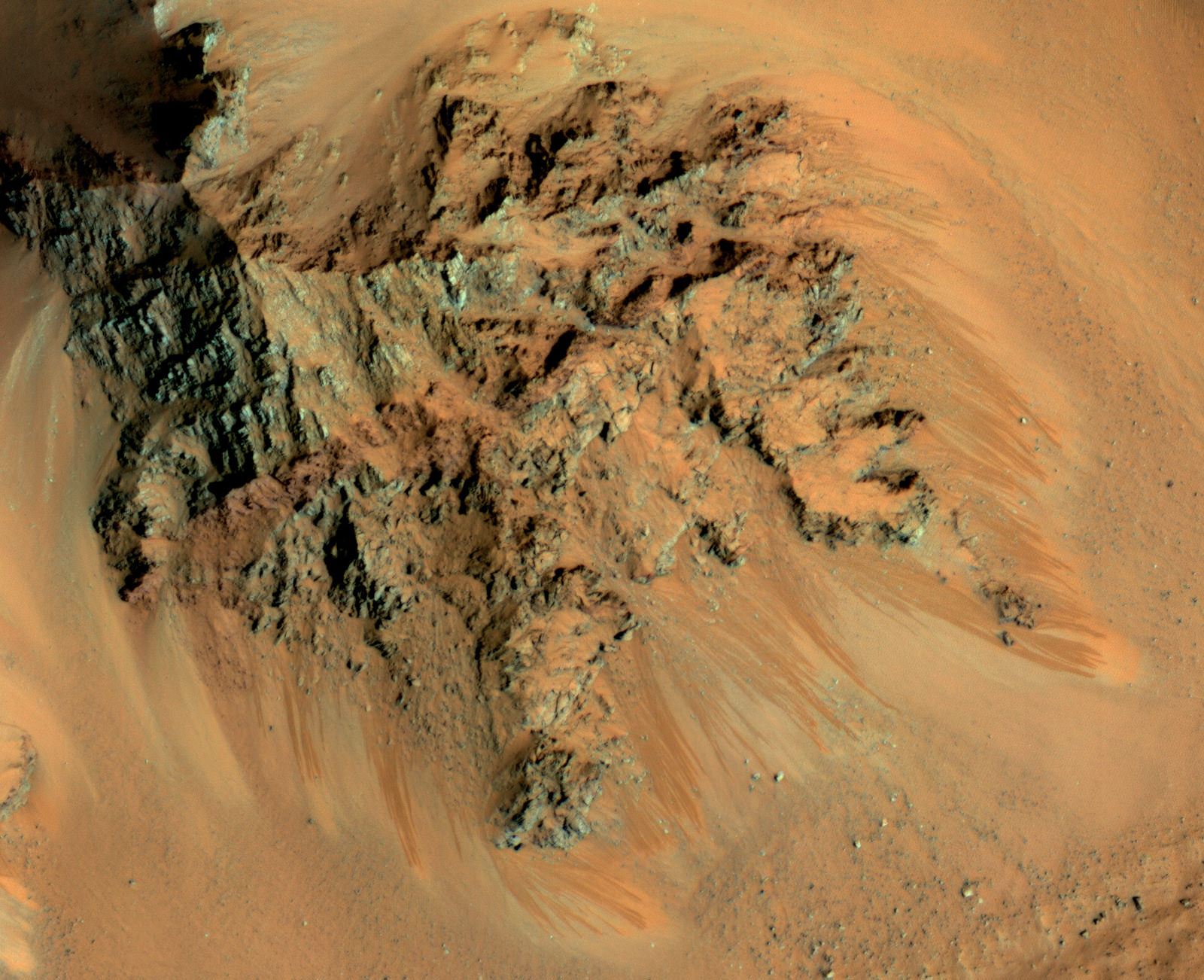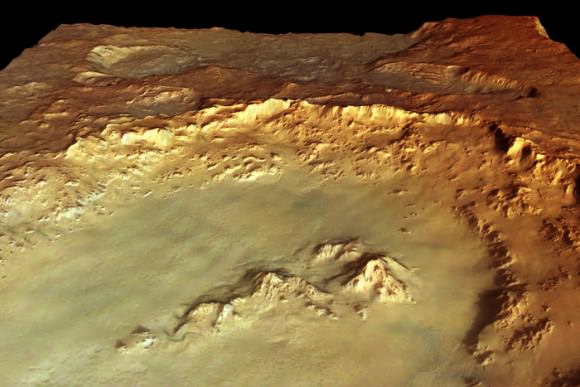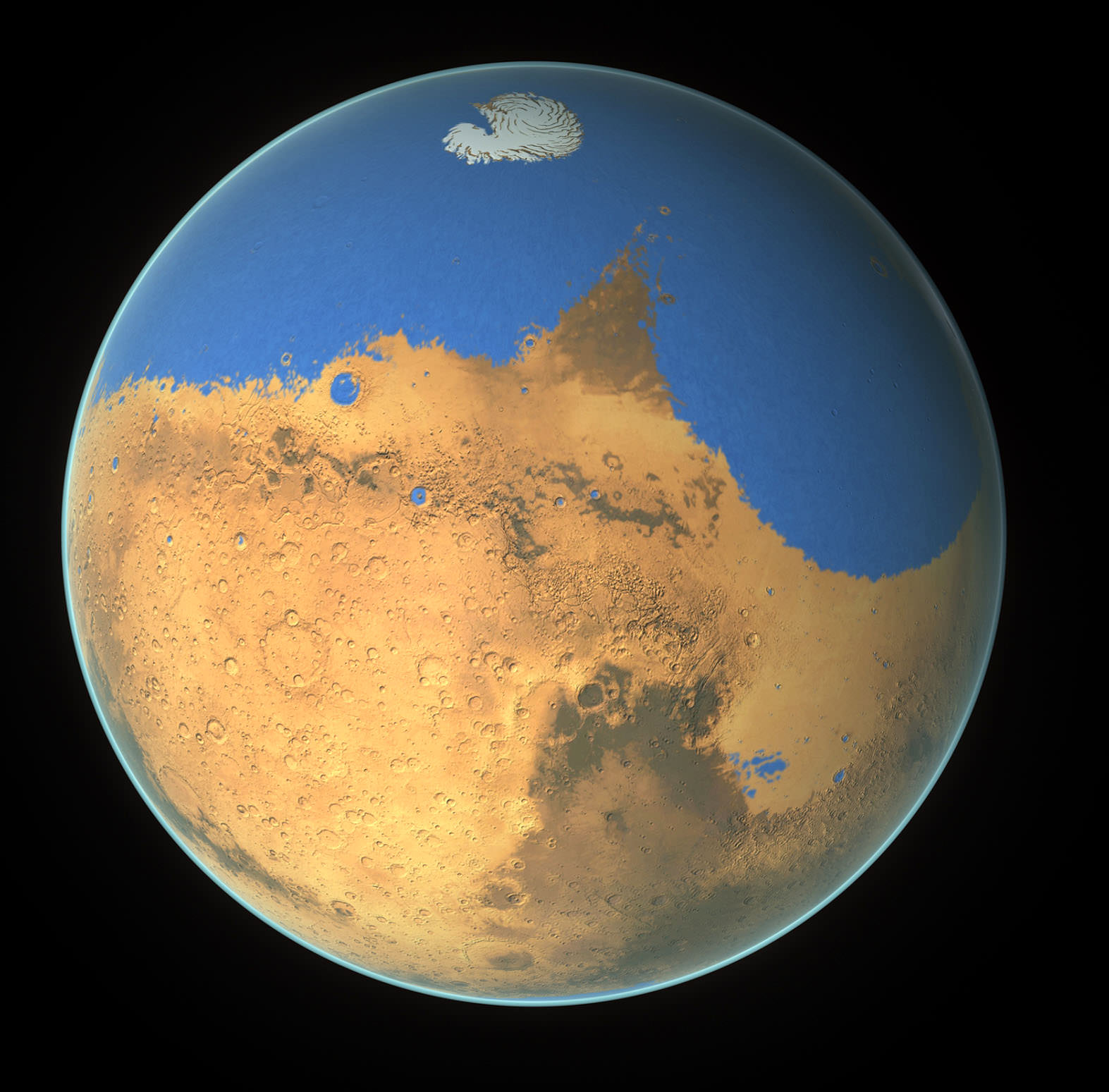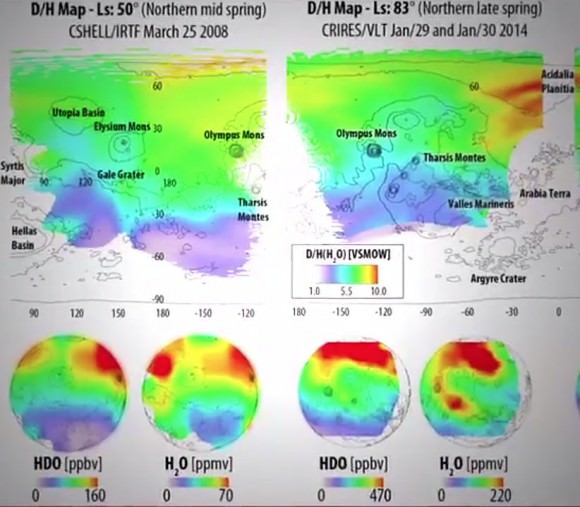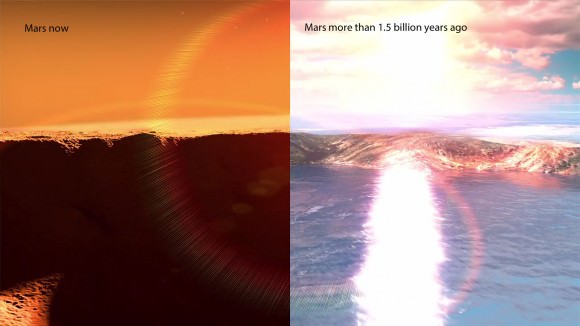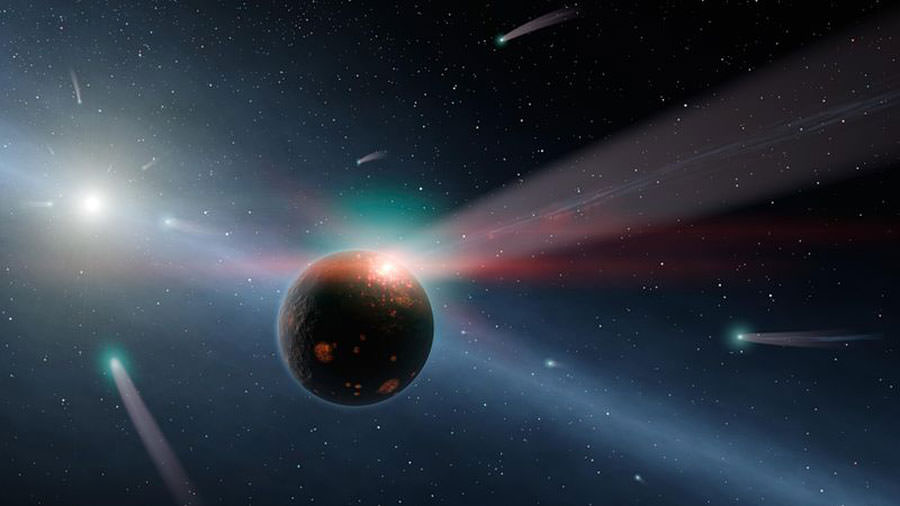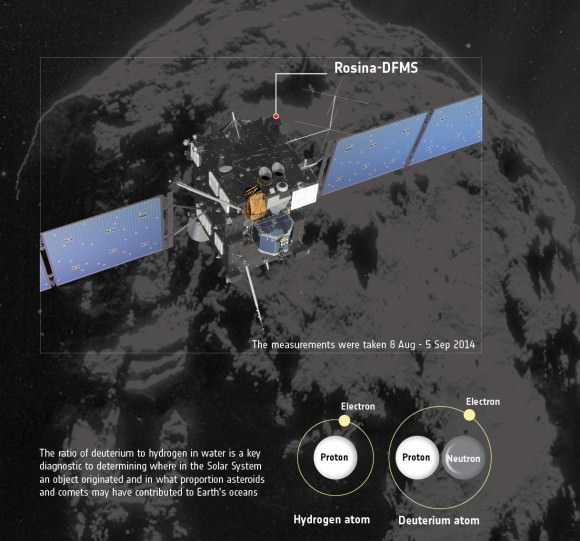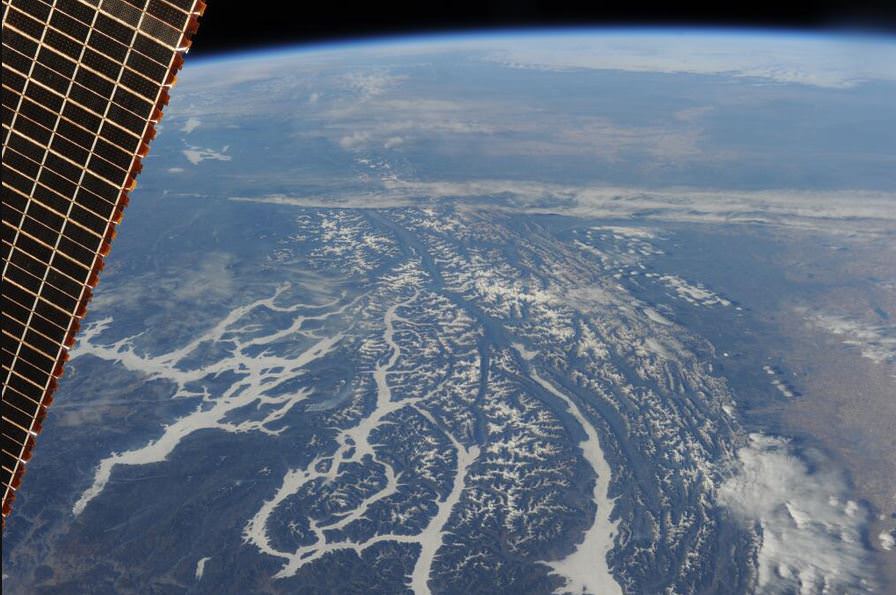In order to fly in space, astronauts need to make a few sacrifices, like drink their own urine. Yuck? Don’t worry, it’s totally safe.
Astronauts are a resourceful bunch. They’re the best of the best of the best of the best. They’re ready to do whatever it takes to get the job done. WHATEVER IT TAKES, INCLUDING DRINKING PEE. They live on the International Space Station for the better part of a year, where air, food and water are precious resources. Sometimes you take a hit for the team back.
Every drop of water on the International Space Station was carried there from Earth, by rocket, possibly in someone’s bladder. The cost of launching a single kilo into orbit can be over $10 grand. Do a little back of the tp math and the value of a single kilogram of water in space is worth almost as much as a kilogram of yellow gold here on Earth.
That’s actual money gold, and not pee joke gold. The punchline is astronauts need to conserve water. For the longest time, there wasn’t any way to take conservation to the “next level”. All the “waste water” including pee produced on the station was just held, possibly uncomfortably and resulting in dancing, and it needed to be disposed of.
In 2009, NASA got serious about conserving water and launched the Water Recovery System to the International Space Station. What is it with you guys and names? I would have shot for “Precycling Internal Solution System” just for the acronym. In fact, that’s what we’re using now.
Ever since, astronauts have been drinking their own urine like Captain Redbeard Rum on Blackadder. Generally after it’s been purified by the recovery system, or if you prefer “peecycled”. Outside of that I’m sure accidents happen, and whatever they get up to in their own time is their business.
Speaking of which, Here’s a video of beloved Canadian astronaut Chris Hadfield demonstrating the P.I.S.S system. It takes all water vapor, sweat, and grey water produced and excreted by astronauts and turns it back into drinkable water.
On Earth, you can clear dirty water by boiling it. Collect your steam on a cold surface, pure, pee free and ready for drinking again. Pro tip, this process actually requires gravity, which isn’t readily available when you’re in free fall.
The Recovery System looks like a big spinning keg, which creates artificial gravity. It’s heated and steam is produced. Dirt and contaminants such as the most purified pee molecules are pushed to the edges of the drum while the steam is carried away.

The artificial gravity isn’t perfect, and only 93% of the water can be recovered this way. This means that dirty waste water builds up inside the space station and needs to be flushed with the rest of the trash. Astronauts can’t peecycle everything on the space station, trash does build up. They’ve got a solution for this too.
The most recent cargo delivery spacecraft is always left attached to the space station. Instead of doing laundry, which would use up their precious water and is super boring. Seriously, if you went to the trouble of sending me to space and asked to me wash my clothes I’d get a little snippy.
Astronauts do what the rest of us only dream about. They just wear their clothes until they’re totally worn out. Then throw their laundry into the excess module. Once it’s completely filled with pee, laundry, food remnants, and other, uh… stuff, the spacecraft detaches from the station and re-enters the Earth’s atmosphere where it’s incinerated. No fuss, no muss. Also, clearly for this episode, we’re only going as far as pee jokes as poop jokes are off the table.
Yes, astronauts are drinking their pee. They close their eyes and remind themselves it’s just pure water. Completely safe and delicious to drink. No pee molecules left here. As astronaut Koichi Wakata said, “Here on board the ISS, we turn yesterday’s coffee into tomorrow’s coffee”.
Would you be willing to drink the water produced by the Water Recovery System? Tell us in the comments below.


